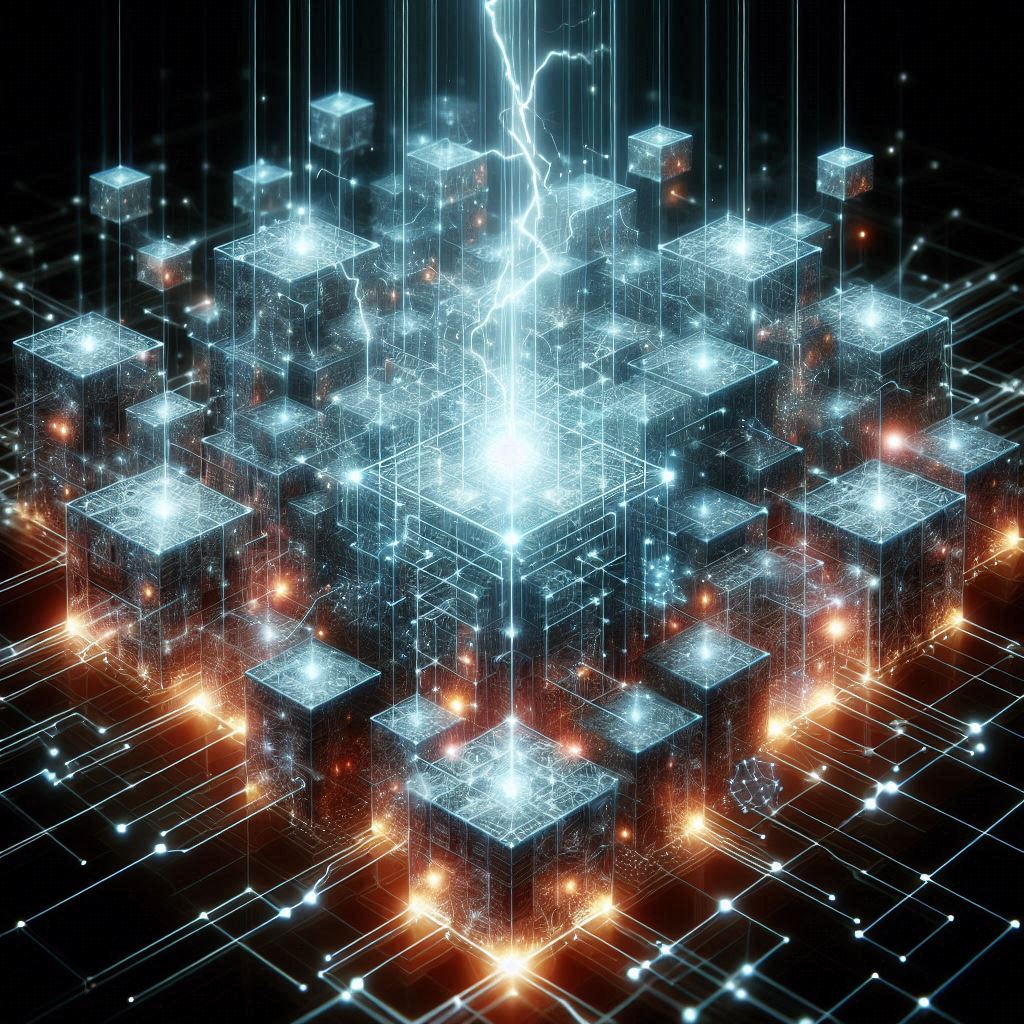Neural networks have significantly evolved, but traditional learning algorithms for sequence processing face challenges, especially with long time lags. These algorithms often demand substantial computational resources and can underperform in handling extended sequences.
Simplifying Event Sequences
A novel approach proposes a principle for simplifying event sequence descriptions without losing critical information. This principle asserts that only unexpected inputs hold relevance. This insight lays the groundwork for developing neural architectures capable of efficiently processing sequences by adopting a “divide and conquer” strategy through recursive decomposition.
Self-Organizing Multilevel Hierarchy
The first architecture operates as a self-organizing multilevel hierarchy of recurrent networks. This hierarchical structure allows the system to manage complex sequences by breaking them down into simpler sub-sequences. Each level in the hierarchy processes a different abstraction level, facilitating efficient learning and processing.
Collapsing Predictor Hierarchy
The second architecture employs two recurrent networks to attempt collapsing a multilevel predictor hierarchy into a single recurrent network. This design aims to streamline the predictive process, potentially reducing computational demands and simplifying the learning framework.
Experimental Results
Experiments demonstrate that these innovative architectures can significantly reduce computation per time step. Additionally, they require fewer training sequences compared to conventional recurrent network training algorithms. This efficiency in computation and training highlights the potential of these architectures to improve performance in sequence processing tasks.
Conclusion
These new neural network architectures for sequence processing offer promising solutions to the limitations of traditional algorithms. By focusing on unexpected inputs and employing hierarchical and collapsing strategies, they enhance computational efficiency and learning effectiveness, paving the way for more advanced and capable neural networks in the future.


